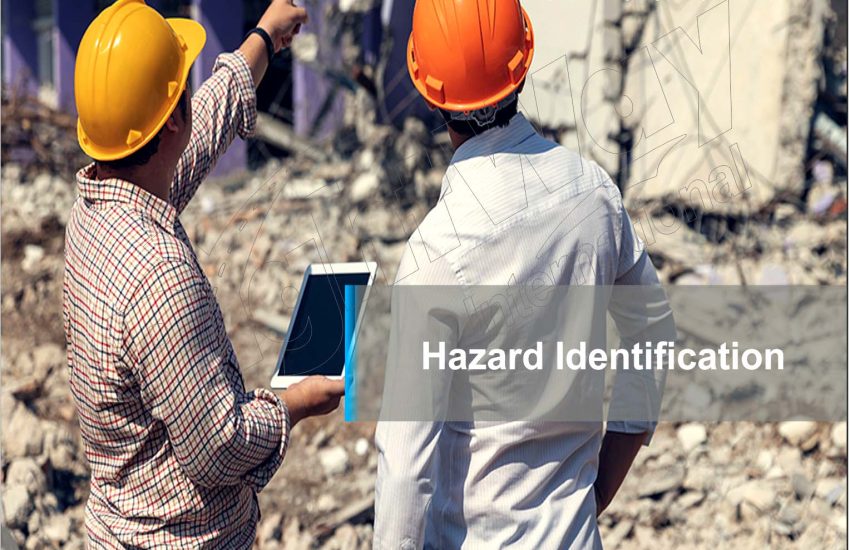Hazard Identification is a crucial process in safety management, aimed at recognizing potential sources of harm that could impact individuals, property, or the environment. By identifying hazards, organizations can implement appropriate measures to mitigate risks and enhance overall safety. This article explores the importance of hazard identification, common techniques used, and best practices for effective implementation.
Importance of Hazard Identification
- Prevention of Accidents: Early identification of hazards allows organizations to take proactive measures to prevent accidents and injuries.
- Legal Compliance: Many industries must conduct regular hazard assessments to meet regulations. Compliance not only avoids legal penalties but also promotes a culture of safety.
- Enhanced Safety Culture: A strong focus on identification fosters a safety-oriented workplace culture, encouraging employees to report potential hazards.
- Resource Allocation: Understanding hazards helps organizations allocate resources effectively to areas that require immediate attention or improvement.
Common Hazard Identification Techniques
- Workplace Inspections: Regular walk throughs of the workplace can help identify hazards such as unsafe equipment, poor ergonomics, or environmental risks.
- Job Safety Analysis (JSA): This method involves breaking down a job into its individual tasks to identify potential hazards associated with each step.
- Checklists: Standardized checklists can help ensure that all potential hazards are considered during inspections and assessments.
- Employee Feedback: Engaging employees in the identification process provides valuable insights, as they are often the first to notice unsafe conditions.
- Historical Data Analysis: Reviewing past incidents, near misses, and safety reports can highlight recurring hazards that need to be addressed.
Best Practices for Hazard Identification
- Involve Employees: Encourage participation from all levels of the organization. Employees are often more aware of hazards in their work areas and can provide practical solutions.
- Regular Training: Provide ongoing training on hazard identification and risk management to keep safety top-of-mind for employees.
- Document Findings: Keep thorough records of identified hazards and the measures taken to mitigate them. This documentation can serve as a reference for future assessments.
- Review and Update: Regularly review and update hazard identification processes to incorporate new information, changes in operations, or advancements in safety technology.
- Promote Open Communication: Create a culture where employees feel comfortable reporting hazards without fear of repercussions. Anonymity can encourage more honest feedback.
Conclusion
Hazard Identification is an essential element of an effective risk management strategy. By systematically identifying and addressing hazards, organizations can protect their employees, comply with regulations, and foster a safe work environment. Emphasizing continuous improvement and open communication will ensure that identification remains a dynamic and integral part of the organizational culture. Implementing robust hazard identification processes not only minimizes risks but also enhances overall operational efficiency and employee morale.


